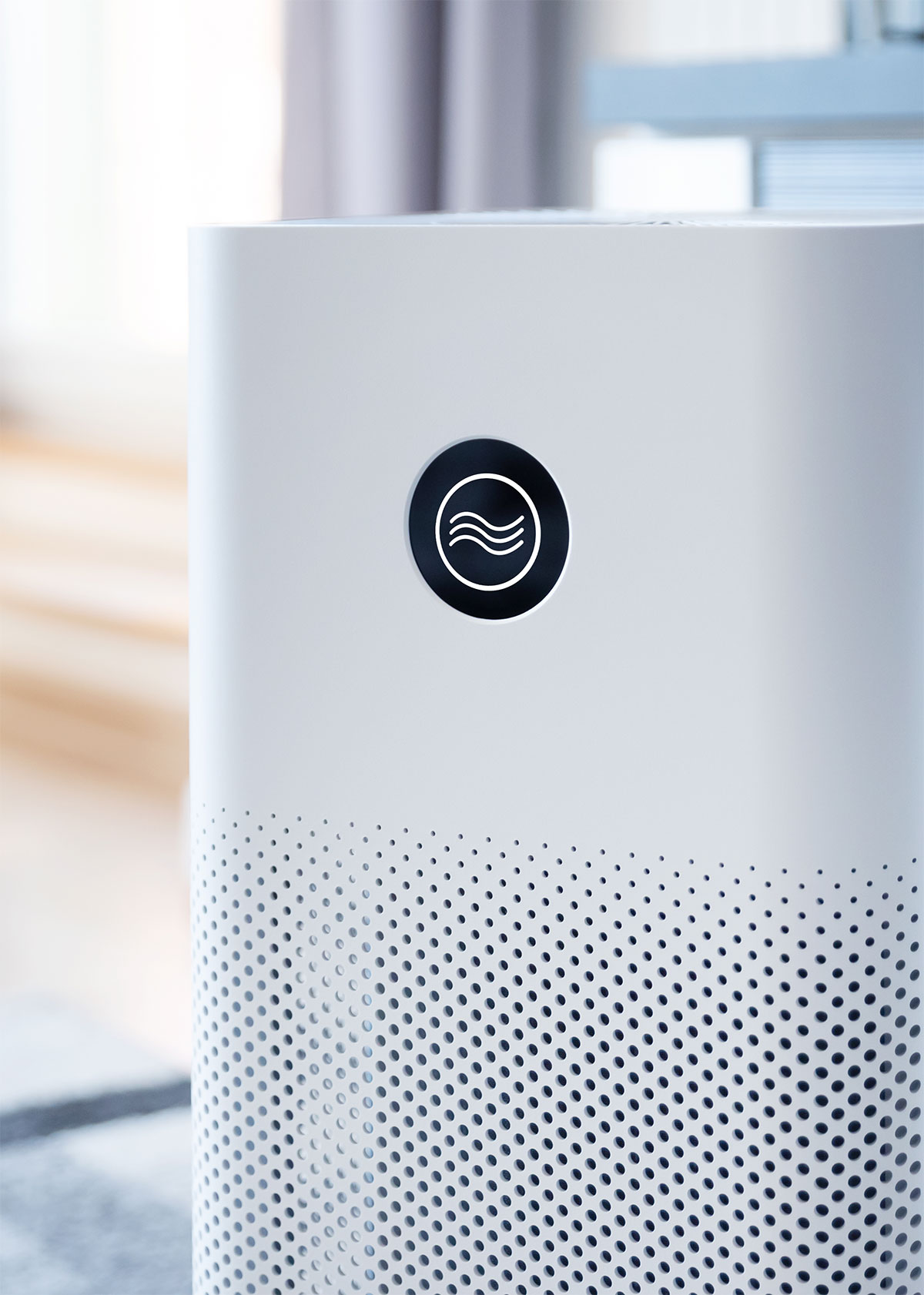On March 17, the Biden Administration also launched the Clean Air in Buildings Challenge, which calls on all building owners and operators, schools, colleges and universities, and other organizations to adopt key strategies to improve indoor air quality in their buildings and reduce the spread of COVID-19.
On March 9, the California Department of Public Health posted updated guidance to its COVID-19 Public Health Guidance for K-12 Schools in California for the 2021–22 academic year. The changes, which went into effect March 12, drop the masking requirement for students and staff in indoor settings. CDPH is still strongly recommending the use of masks to protect staff and students.
“COVID-19 has impacted children in both direct and indirect ways, and California’s response to conditions in schools has adapted to the dynamic challenges of the pandemic, based on humility and the evolving scientific understanding of the virus,” the guidance’s introduction states. “To-date during the 2021–22 school year, the state has weathered two COVID-19 surges while prioritizing the safety of students and staff and in-person instruction. Hospitalizations for COVID-19 (including pediatric hospitalizations) and disruptions to in-person learning, although never inconsequential, have been substantially lower in California than in comparable states. As the most recent surge wanes and we collectively move forward, the next phase of mitigation in schools focuses on long-term prevention and our collective responsibility to preserve safe in-person schooling.”
Updates to the guidance were made in sections including the preamble and general considerations as well as sections on masking, physical distancing, symptoms, quarantine and extracurriculars, as well as to the additional considerations section.

CDPH recently released a fact sheet, “Tips for Improving Indoor Air Quality at School,” which shares strategies that LEAs can implement to limit exposure to COVID-19 as well as harmful chemicals and wildfire smoke in schools and classrooms. It includes information on the importance of indoor air quality and advice for improving air quality.
Dozens of LEAs worked with CSBA Business affiliate LifeWings Peak Performance during the phase 1 grants to help with the assessment/application process, which can be funded through Assembly Bill 841 grants to improve air quality and plumbing in California classrooms and facilities. Visit CSBA’s Products and Services webpage for more information about Life Wings PP Safer Air Initiative.